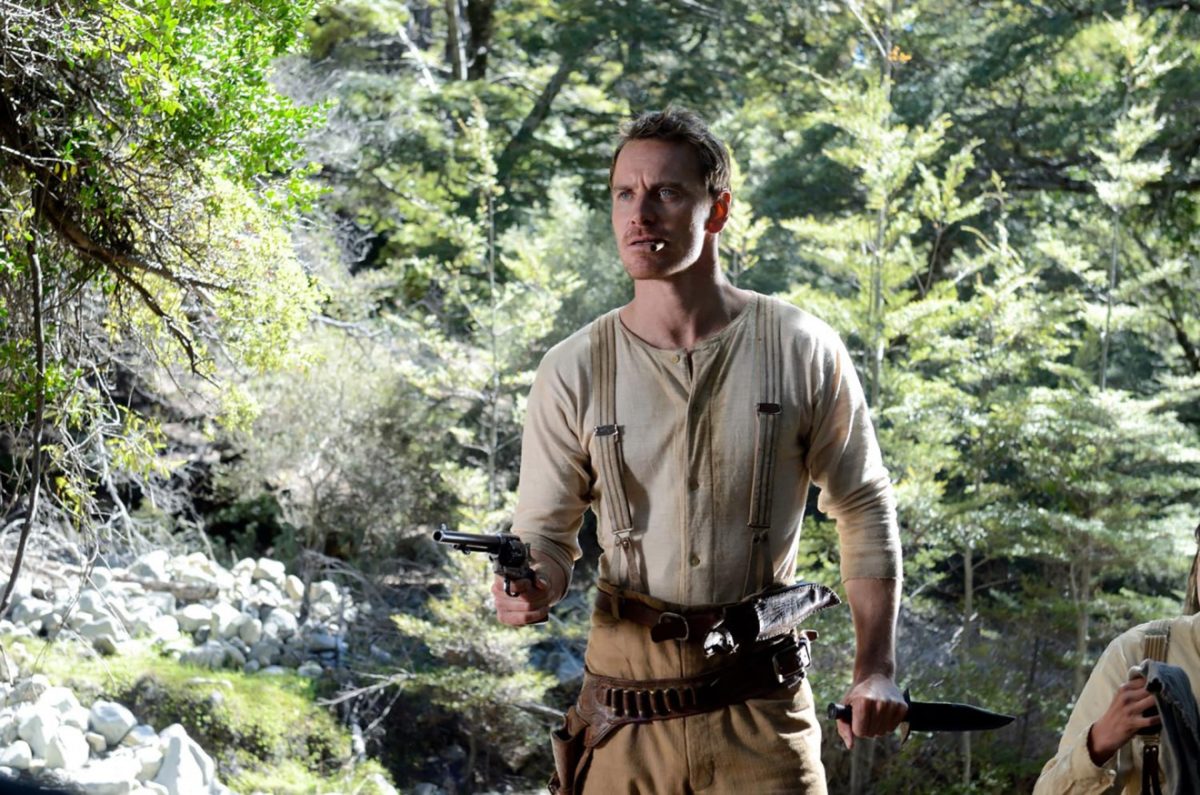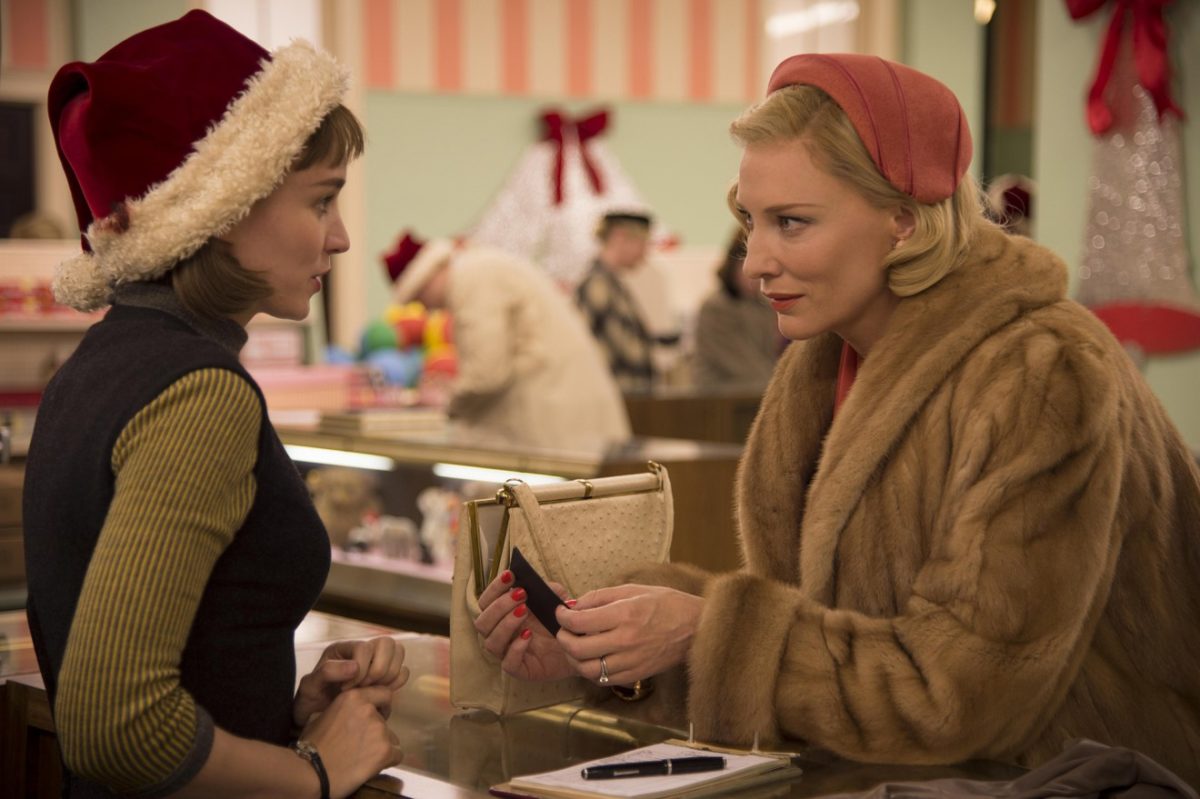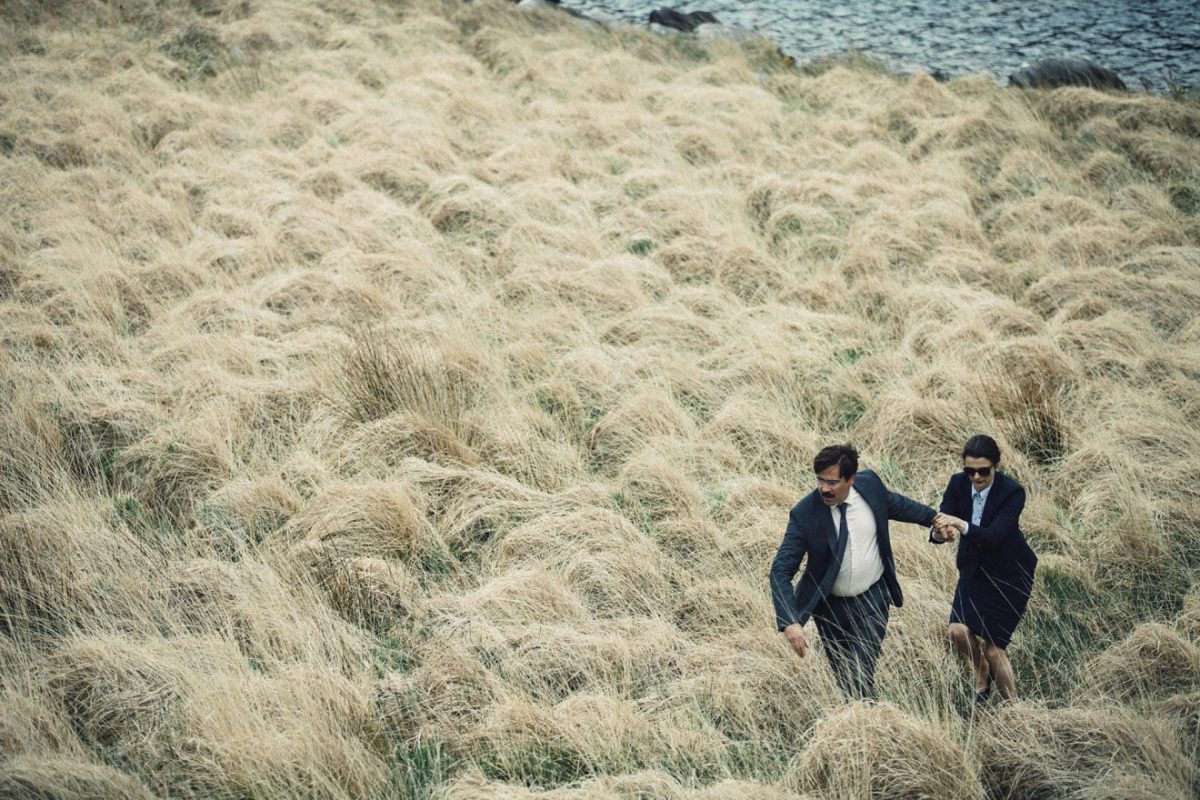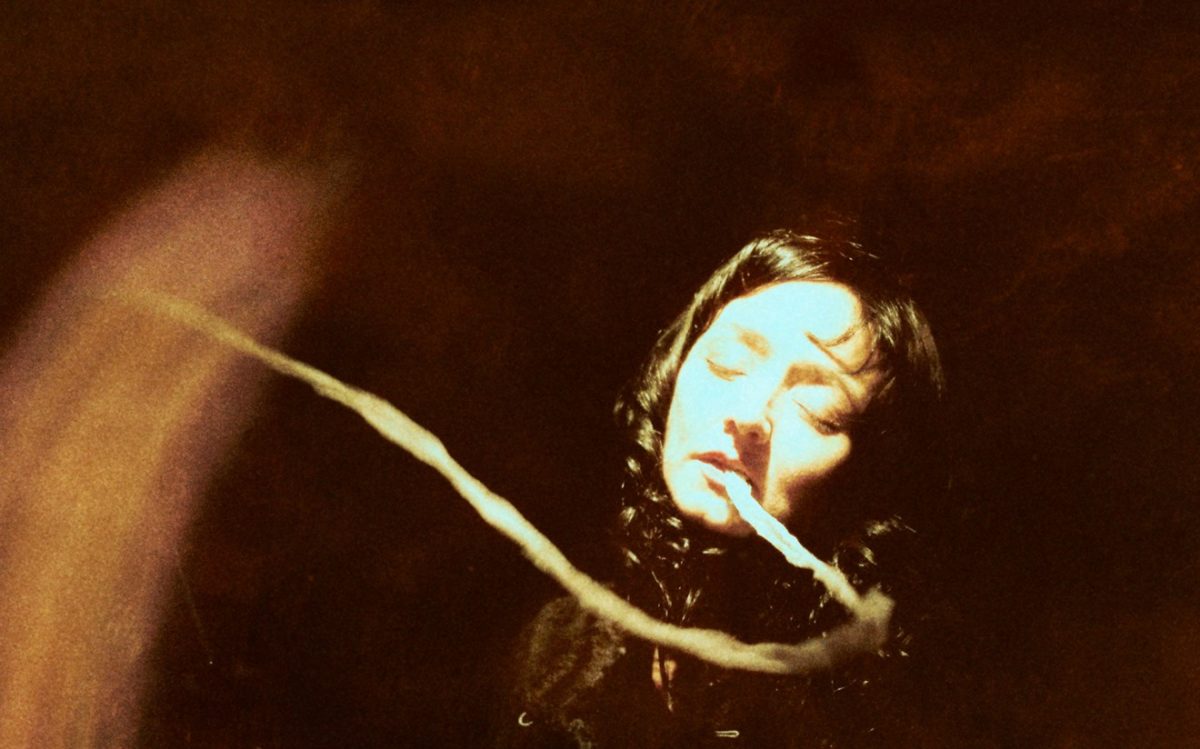Cold metal pressed to flesh, audible gasps, and an empty click; screen depictions of guns have been with cinema since its birth. Anton Chekhov introduced the notion that “If in the first act you have hung a pistol on the wall, then in the following one it should be fired. Otherwise don’t put it there.” The author even went so far as to say that if a gun is introduced but won’t be fired, it shouldn’t even be mentioned in a text or seen in a play. In the case of film as a medium, the concept of stripping a story down to its most basic elements is somewhat paradoxical in that it can certainly aid the coherence of the story but may simultaneously rob it of opportunities to communicate more subtle character details, background information or subtext.
A character’s discovery of a gun is an indirect promise that it will make another appearance. When a pistol first appears in a narrative, it is typically found to the great surprise of the character and then often shown in a close-up shortly thereafter, as if the potency of the found object has not yet been registered by viewers. (This virtual reflex of a cut has now been witnessed so often that it has become more powerful to refrain from such a close-up.) Contemporary films have frequently played with a sly subversion of Chekhov’s gun while remaining in dialogue with it; that if a gun is introduced, it will be fired, but that does not necessarily mean it will be loaded. There is a long tradition of this subversion throughout cinema history.
In the beginning of Back to the Future, Doc Brown discovers that his Colt is unloaded when defending himself from terrorists. George Romero’s horror classic Day of the Dead, the zombie “Bub” is given an unloaded gun by a scientist. The Deer Hunter features a discussion about loaded and unloaded guns in a hunting cabin. Michael Vronsky unloads a revolver, puts a bullet in one of the six chambers and dry fires at his compatriot Stan. In the action movie staple Die Hard, John McClane loans a gun to the disguised villain, Hans Gruber. When Gruber shoots at McClane, the latter waves the magazine and mocks, “Aw, no bullets? What, you think I’m fucking stupid, Hans?” Mad Max 2 features an ironic use of the trope: the Gyro Captain is held at shotgun-point for a considerable part of the movie, only to find to his disgust that Max’s shotgun was empty all along. The premiere film of the James Bond franchise, Dr. No has a scene in which Professor Dent fires at Bond but the pistol is empty, leading the secret agent to famously remark, “That’s a Smith & Wesson, and you’ve had your six.” As a staple of the Western genre, the six-shooter makes an unloaded appearance in Sergio Leone’s The Good, The Bad, and The Ugly at a pivotal moment in a final standoff, due to protagonist Blondie’s foresight and unloading of his opponent’s gun the previous night.
Even without ammunition, the gun as a physical object still embodies a fundamental opposition between two – or in the case of a Mexican stand-off, multiple – parties. Converse to the ability of Chekhov’s gun to strip a work of depth, the presence and implementation of an unloaded gun may have the ability to add thematic depth. The unloaded gun is a tool for instilling fear, but on a more basic level it is valued for the narrative surprise it produces. Loaded or not, a gun creates tension through its very presence. Once introduced, it continues to build tension in its absence. It is incapable of physical harm yet capable of tremendous emotional harm. Four particular films at this year’s Film Fest Gent – Slow West, Carol, The Lobster, and The Forbidden Room – feature a pivotal moment of a revolver firing only to reveal it was not loaded, resulting in very different impacts on character relationships.

An intimate neo-western, Slow West pairs Jay Cavendish and Silas Selleck, a naïve kid and a hardened outlaw cowboy, in the old west. The two saddle-up and set off together, Jay on a quest to find his sweetheart Rose Ross and Silas on a quest to earn the bounty money on Rose and her father’s heads. The two first meet when Silas finds Jay held at gunpoint by a confederate soldier. A brief Mexican stand-off ensues after Jay draws on Silas, who proceeds to easily disarm both and point the gun he has just apprehended from Jay at the soldier. He fires, is merely greeted by a dry click, and then fires again with his own pistol, killing the man. In this instance, the unloaded gun actually brings two characters – Jay and Silas – together. It is also an important characterization of both; as an inexperienced youngster, Jay either forgot to load his gun or as a ‘soft’ individual purposefully left the barrel empty – juxtaposed by hardened Silas’ instantaneous and remorseless murder. Thus the unloaded gun proves itself capable of lending depth to our understanding of the characters, in opposition to Chekhov’s claim that anything other than the most ‘basic’ story elements may be considered auxiliary. Jay and Silas go on to encounter many a gun-toting traveler and by film’s end they are separated in an enormous shootout by loaded ones. Slow West’s new twist on the old trope is its inclusion of the unloaded gun in the film’s introductory scenes rather than during the closing shootout – as in The Good, The Bad, and The Ugly – a decision which lends us wordless yet crucial character background information from the outset.

In Todd Haynes’ melodrama Carol, the titular character is undergoing a divorce when she meets a young store clerk named Therese sporting a dapper Santa Claus hat who piques her interest. The two begin to spend some time together and embark on a holiday road trip to Chicago. One day, while fetching something from Carol’s suitcase, Therese happens upon a gun wrapped in garments. The morning after a long-smoldering mutual attraction finally ignites, a private detective hired by Carol’s husband turns out to have spied on the couple for blackmail purposes. Infuriated, Carol goes directly to the man’s room, snub-nosed revolver (fitting for the period-specific setting) in hand. Matted in profile by a sickly pastel-green wall, she raises the armament at the detective in a vain attempt to prevent the delivery of his findings. He then tells her the recordings have already been sent, and realizing the futility of the situation, Carol then points the gun at his equipment instead, and fires. While no actual bullets are released, the damage is done; incriminating evidence has already been sent to Carol’s husband which will be used against her in the fight for the custody of her child, and Therese seems to have gained a new perspective on Carol’s personality and what she might be capable of. Why Carol had brought along an unloaded gun and even fired it without an awareness of its contents may be attributed to her having borrowed it from her husband without his knowledge. If this is indeed the case, a new layer is added to its symbolic power; he is working so hard against her that even neutral inanimate objects hold loyalties to specific sides.

The Lobster presents a near-future slight pseudo-dystopia in which a couple runs a hotel that turns its single guests into animals if they do not manage to find a suitor within 45 days, their mentality a symptom of the larger society they live in. Guests who have escaped the hotel without pairing up take refuge in the neighboring woods and impose a radically un-romantic lifestyle on those who choose to live among their ranks. In a pivotal scene, these rebellious singles infiltrate the hotel and hold the couple that keeps it running at gunpoint. They threaten to kill one member of the pair – as a means of imposing their way of life upon the survivor. After determining that the husband is more eager to live on without his partner, he handed the gun to shoot his wife. Whether or not one would pull the trigger in such a situation cannot be known for sure until it is experienced firsthand. In this case the gun – independent of whether or not it holds ammo – acts as a sort of litmus test. In a tense moment, the husband considers and subsequently fires the gun, pointed directly at his wife. While the fact that the gun turns out to have not actually been loaded means there are no physical repercussions to his decision, the mental reverberations of the shot unfired will linger and their relationship will never be the same. Once the point is proven – that he would be willing to commit to such an awful act – it becomes clear that the gun was used not to tear them apart forcefully but to force one party to do so willingly. That the gun turned out to be unloaded proves a deliberate choice on the part of the rebels for shock value and is once again because the gun was fired by someone other than its owner.

Finally, Guy Maddin’s The Forbidden Room subverts the already subversive unloaded gun in its experimental absurdist-comedy celebration of film tropes through history. Guns make many appearances throughout The Forbidden Room, yet they are never shown firing. Just one such example sees Thadeusz M murdering several individuals, yet each time he shoots, we see the gun ‘fire’ and witness the impacts of bullets yet there is no smoke or fire – only explosive bullet-firing Foley sound-effects. As a film already hyper-aware of its teleological position as an unrealistic, highly constructed work of fiction through psychedelic image-warping, logical narrative gaps, and absurd humor, the inclusion of firing guns which do not actually fire points to the ultimate truth of the empty promise of the unloaded gun; that regardless of their fictional impact on characters in a story, every film representation of a gun is just a prop – it is never really loaded. Ultimately, any screen depiction of a gun in a fiction film makes an empty promise to its audience; regardless of whether or not it turns out to be loaded within the narrative fiction, every film-gun is in actuality an unloaded prop. Maddin deconstructs the trope in a roundabout way, which nonetheless sheds new light on the idea of decoding the prominence of dry firing unloaded guns.
Film is a medium that has everything to do with the act of looking, while the unloaded gun trope relies on the act of failing to look. Checking to see if a gun is loaded seems a natural instinct for any individual that might be handling one. As if this were not odd enough, each instance cited here involves a revolver, reflective of a fetishistic obsession with a certain type of distinctly-American object. A six-shooter is one of the easiest guns to check for ammo, as its cylinder rotates out easily and whether or not four of the six cylinder flutes are loaded can even be determined without opening the cylinder. Then again, every instance of an unloaded gun represented here speaks to a moment of high tension in which it would not make much sense to check for ammo. The first three guns unloaded were ‘fired’ by someone other than their original owner, who therefore did not have time to check in the moment or did not consider the possibility that it might be empty.
The importance of the unloaded gun lies in its force as a tool for negotiation and emotional manipulation. Before it is even known to be loaded or empty, it is an instant source of power over another person, but once the trigger is pulled, the repercussions can sometimes be just as bad if not worse when it turns out to have been unloaded than if it had been full. Whereas a loaded gun can take life in an instant, an unloaded gun can haunt a life forever.